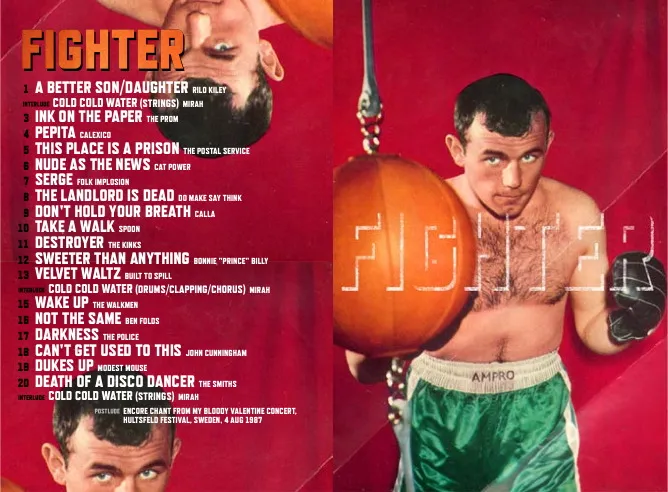When I wrote Typecasting: The Use (and Misuse) of Period Typography in Movies over two years ago, I closed it with:
“I hope to add more examples in a follow-up article. If you have any film/type gaffes to share, drop me a line.”
Well, lots of you did drop me a line, but so far I have not written the follow-up article. Instead, I have decided to post examples here, filed under “Son of Typecasting.”
Not long after writing and posting Typecasting in December 2001, I learned from a reader that a similar article by Scott Stowell had been published earlier that year in Trace/AIGA Journal of Design, Vol. 1, No. 1, called “Accident Grotesk.” I sent for a back issue to check it out.
Had I seen it before I wrote my article, I might have had second thoughts. The premise — and even the tone — was similar. However, Stowell chose completely different examples: Titanic (1997), Topsy-Turvy (1999), Amistad (1997), Donnie Brasco (1997), Dazed and Confused (1993), The Perfect Storm (2000), and American Psycho (2000).
After reading it, I generally thought it was good, but I was a bit disappointed. In a few of the examples Stowell gives, I think the fonts are mis-identified. For example, he claims that the lettering on the gangway shown early in Titanic is set in ITC Officina (1990-1998):
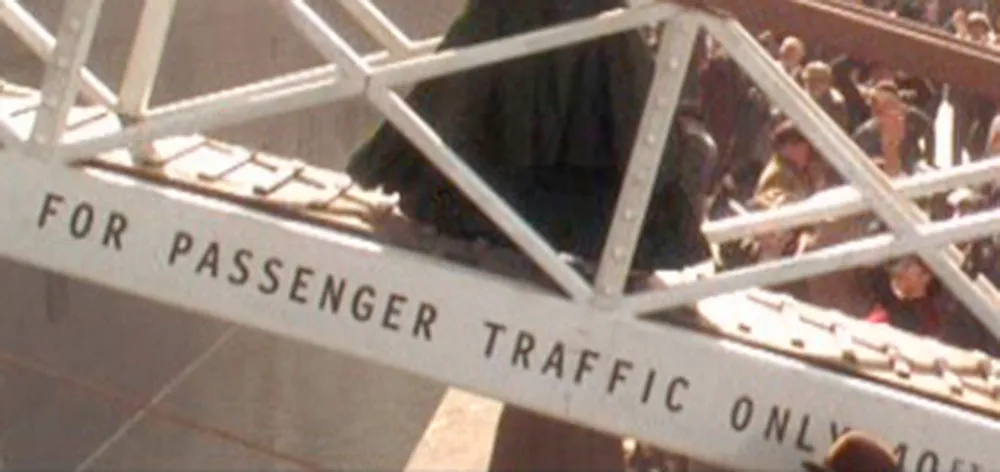
For one thing, the capital “I” in Officina has serifs. Other than that, it’s very close, but I don’t think it quite matches. Unfortunately, I haven’t been able to identify what it is, if it’s not Officina. I do agree that it does not look right for the era, whatever it is.
When I wrote my article, I wanted very badly to find type gaffes in Titanic but came up emptyhanded. After seeing Stowell’s find, I took another look and found an even better example:
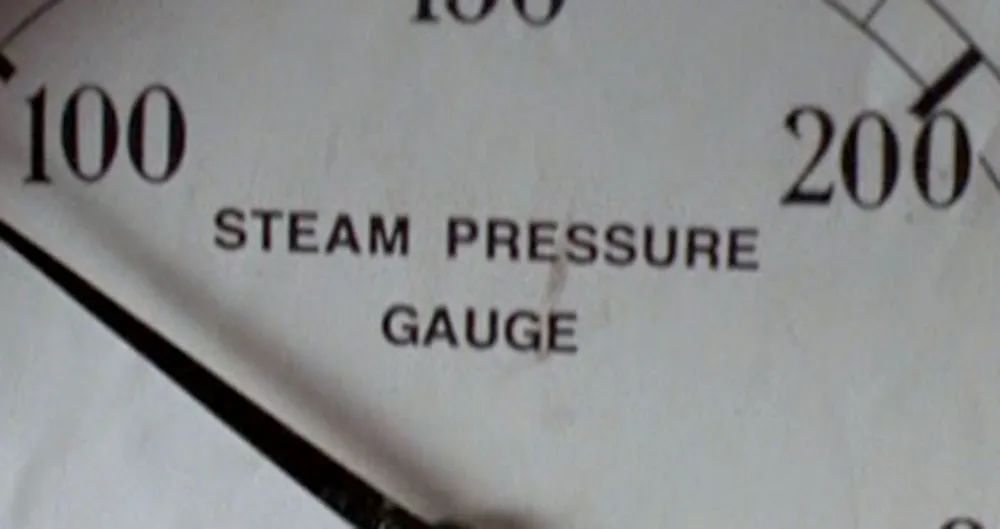
The steam pressure gauge label is set in Helvetica (1959).
(On a non-type-related note, there are also the famous Picasso and Braque paintings shown in one scene, but maybe they made it to the life boats.)
Anyway, I don’t want this to be a blow-by-blow critique of Stowell’s article. After all, it preceded mine by nearly a year, and I must give him credit for that.
Update: Just heard from Scott Stowell, the author of “Accident Grotesk.” He maintains that it really is Officina, with the serifs on the “I” lopped off. Given that I am unable to offer a more convincing alternative, I admit that it’s possible he’s right.
Scott also tells me that, ironically, it was the steam gauge gaffe that lead to his writing the article. When designer Michael Bierut mentioned it to him in 1998, it became the genesis of his article. He left it out because he didn’t want to take credit for it and thought the use of Officina was worse anyway.
Further Update: James Mosley, who writes about the history of type among other things, points out that Helvetica is not a completely anachronistic choice for the steam gauge. There did exist at the time of the Titanic ancestors of Helvetica that looked remarkably like it in some respects. So, technically, it’s not correct for the period—I think Akzidenz Grotesk would have been a better choice—but it’s not dissimilar to what might have been used.
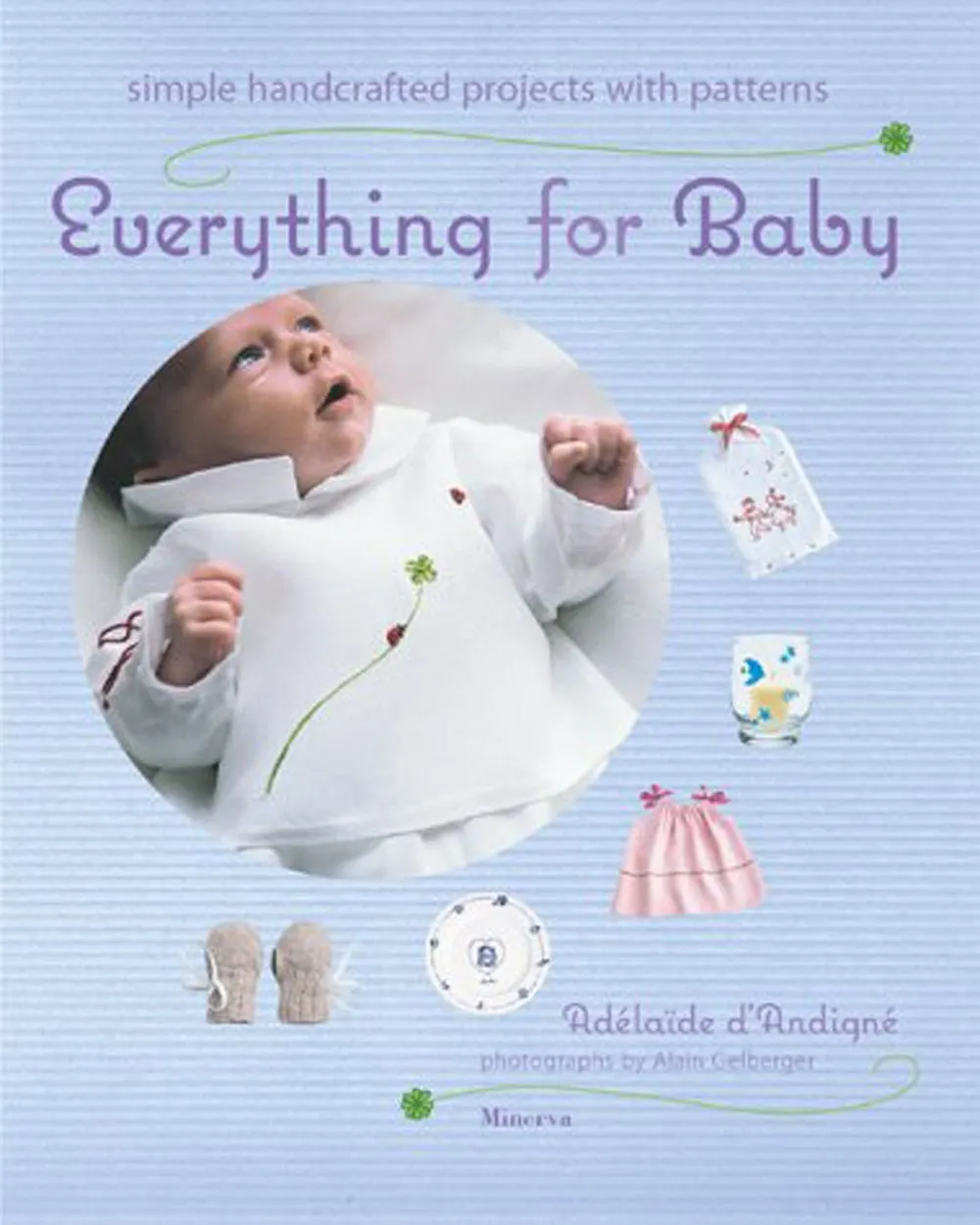
I recently noticed Coquette used extensively in the book “Everything for Baby” by Adélaïdé D’Andigné and Alain Gelberger, published by Stewart, Tabori & Chang last year. Notice how the baby in the photo seems very interested in the font. Obviously, a budding typophile.

One of the fonts I’m getting close to finishing is Grad, the most recent type design of Phil Martin. Phil designed it in the early 1990s for use in a newsletter he published called Re:Language. Until I started work on it earlier this year, it only existed as a set of bitmap fonts on Phil’s old DOS computer, and it only worked with the old desktop publishing/word processing program XyWrite.
Grad is essentially an enhanced and augmented version of Century Schoolbook. While Phil did his version by modifying bitmaps of the Bitstream version of Century Schoolbook, I went back to original American Type Founders specimens, creating my own version of Century Schoolbook, rather than relying on existing digital versions. My Century Schoolbook fonts won’t be released, but were used as the basis for the new Grad.
Stylistically, Grad is similar to late nineteenth century faces like Ronaldson or Bookman, with other touches that could only come from the mind of Phil Martin. In the initial release, there will be three styles: Regular, Italic, and Bold (as shown above). There is also a condensed style planned for later release.
If you want to see it in action in text, here is a PDF from Phil’s website (a chapter of his on-going autobiography) which is set in the final PostScript Type 1 versions of the fonts. [Update: Phil’s website no longer exists.]
I’m doing Grad at Phil’s request, but I will be marketing it in the usual venues and splitting the revenues with Phil.
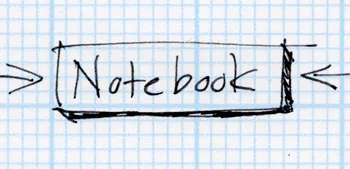
Notebook is a new section of the Mark Simonson Studio site where I can put various items which are of interest me and (I hope) to visitors such as yourself.
I might put here sketches of fonts I’m working on, sightings of my fonts in use (feel free to email me if you see any), how-to information, links to online resources, news and information about my website or projects I’m working on, or things I haven’t even thought of yet. You might even be tempted to call it a weblog, but please don’t.

